#Fantasia (1940 film)
Text
#afi#american film institute#animated film#animated movies#movie polls#cinderella 1950#snow white and the seven dwarfs#pinocchio 1940#bambi#the lion king 1994#shrek#finding nemo#toy story#beauty and the beast#fantasia 1940#the lion king#pinocchio#cinderella#fantasia
165 notes
·
View notes
Text

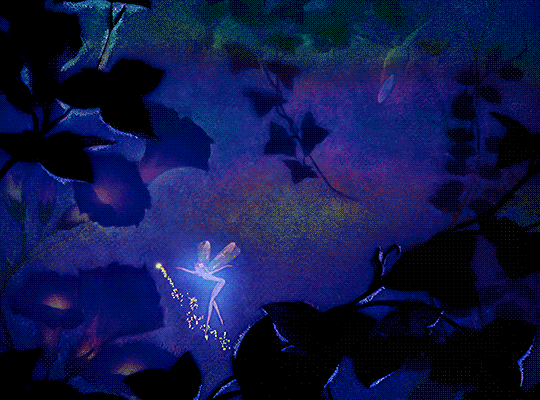

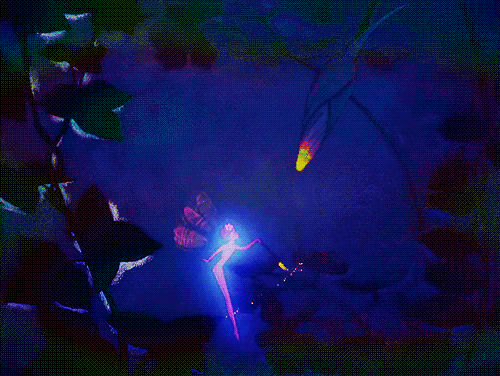


Disney’s Fantasia (1940)
#fantasia#retro disney#disney#disney cartoons#retro cartoons#vintage cartoon#vintage cartoons#40s movies#40s cinema#1940s#1940s movies#1940s vintage#1940s style#retro media#trippy aesthetic#trippycore#trippy art#trippy#trippcore#tripcore#disney fantasia#cinematography#cinema#animation#retro animation#psychedelic aesthetic#cinephile#film#filmblr#film gifs
162 notes
·
View notes
Photo
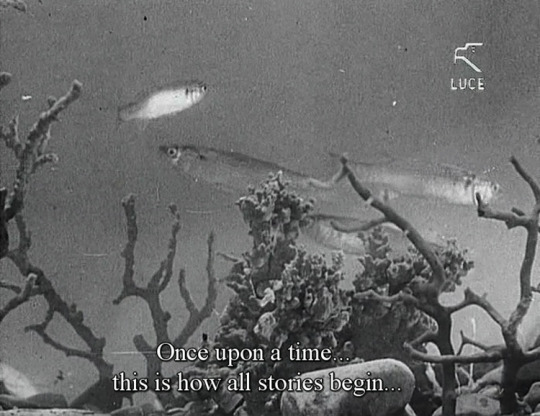








Fantasia sottomarina (Roberto Rossellini, 1940)
#Fantasia sottomarina#Roberto Rossellini#Rossellini#Undersea Fantasy#short film#water#sea#fish#black and white#documentary#1940#world#animals#sun#light#lights
290 notes
·
View notes
Photo
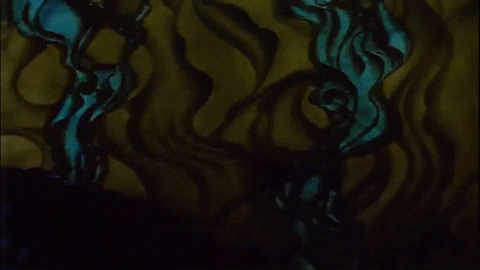
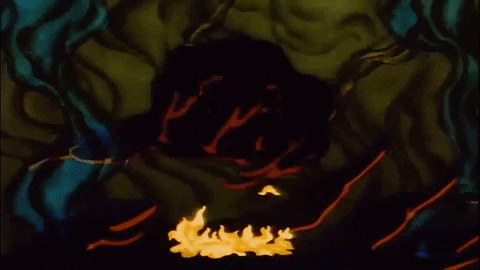
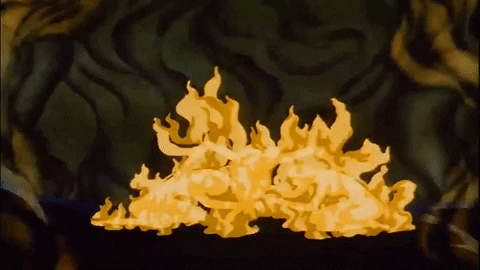

𝔉𝔞𝔫𝔱𝔞𝔰𝔦𝔞 (յգկօ) 𝔭𝔯𝔬𝔡𝔲𝔠𝔢𝔡 𝔞𝔫𝔡 𝔯𝔢𝔩𝔢𝔞𝔰𝔢𝔡 𝔟𝔶 𝔚𝔞𝔩𝔱 𝔇𝔦𝔰𝔫𝔢𝔶 𝔓𝔯𝔬𝔡𝔲𝔠𝔱𝔦𝔬𝔫𝔰
#Fantasia (1940)#Fantasia#1940#hell#) Night on Bald Mountain#my gifs#gif#heavy metal aesthetic#American animated musical anthology film#animated musical anthology film
325 notes
·
View notes
Text

50th Anniversary Poster (1990)
#90s#disney#disney animation#1940#1990#50th anniversary#rerelease#fantasia#mickey mouse#the sorcerer's apprentice#chernabog#night on bald mountain#poster design#film poster
61 notes
·
View notes
Text

Fantasia (1940)
French postcard in the series The Wonderful World of Walt Disney by Editions Kroma, Caissargues, no. 6. Image: Walt Disney Productions. Publicity still for Fantasia (James Algar, Wilfred Jackson, Hamilton Luske, Ben Sharpsteen, a.o., 1940). Hyacinth Hippo and alligator dance partner in the segment Dance of the Hours.
66 notes
·
View notes
Text
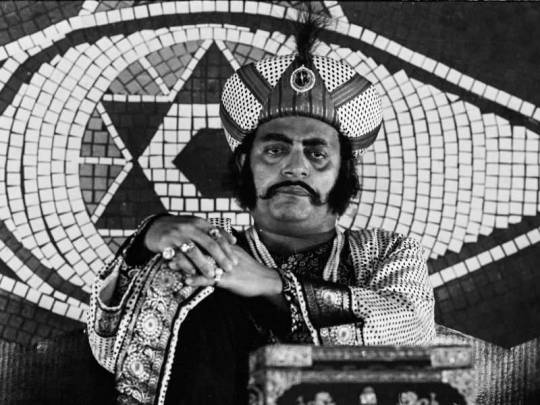

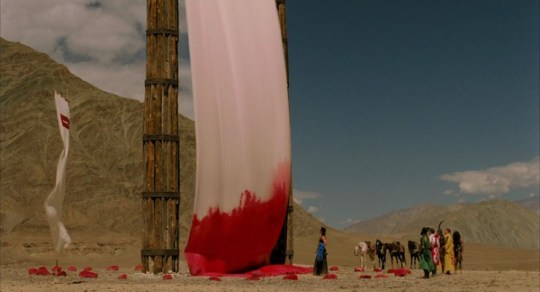

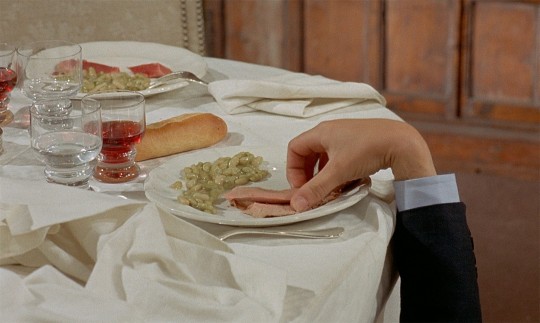

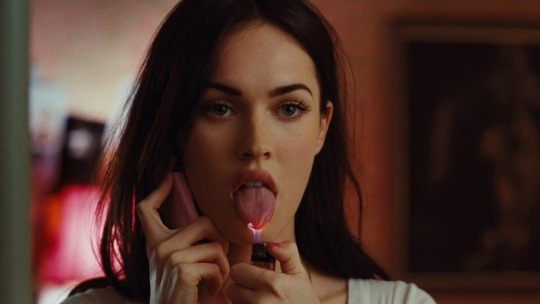

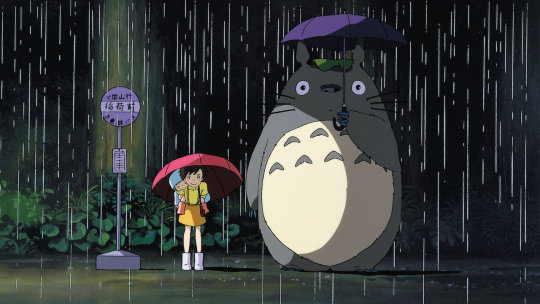

fantasy films across genre
Hirak Rajar Deshe (The Kingdom of Diamonds) / Fantasia, 1940 / The Fall / Midnight in Paris / The Discreet charm of the Bourgeoisie / Wild Strawberries / Jennifer's Body / Get Out / My Neighbor Totoro / The Red Balloon
#fantasy#film blog#hirak rajar deshe#fantasia 1940#the fall#midnight in paris#the discreet charm of the bourgeoisie#wild strawberries#jennifer's body#get out#my neighbor totoro#the red balloon#satyajit ray#woody allen#miyazaki movies#surreal
5 notes
·
View notes
Text
Fantasia (1940)
A series of animated shorts to accompany famous classical music using abstract shapes, Greek mythology, and demonic encounters.
As an experiment in the uses of music for animation and film it’s a noteworthy piece of cinema history and there are several sequences which are still very much enjoyable today. The exploration of the unity between different forms of music and the film medium is interesting and varied, reminding modern audiences of what still may be possible with further innovation.
Due to some of the classical movements being so recognisable and iconic it leaves others far less dynamic and even tame by comparison. The Pegusus sequence for example is mellow and entertaining but slow and uneventful because it’s framed by scenes too similar so it feels like repetition and loses when contrasted with more amusing or simply faster sections. They’ve also made the male Pegasus black and given his snow-coloured partner the tell-tale feminine eyelashes but since Pegasus himself is canonically white in the original myth I’d choose to believe this is a particularly stylish version of Pegasus living his life with his goth girlfriend.
The animation styles vary a fair amount which isn’t surprising considering how many individuals worked on the numerous sections. The stories were all interesting and the coherent narratives juxtaposed well with the looser more surrealist parts. It’s the attempt at artistic experimentation that makes this collection more than just a series of shorts.
Overall each section is short so there’s little time for development in anything but the music. The audience is made passive since we’re guided through each stage by a controlling voice which gets literally self-congratulatory at one point. The least enjoyable scene is probably the centaur one since some of the love or lust interests appear to be child-like and many of the characters are nude but devoid of genitalia or nipples which makes the sequence appear like a macabre symphony on castration.
5/10 -Can’t find a better example of average-
-The dinosaurs in the film are depicted as dying from mass drought because the asteroid extinction event theory wasn’t published until 1982.
-The first Disney movie to be released on VHS tape.
-The Rites of Spring section was used in many schools for a time as a way to teach children about evolution.
2 notes
·
View notes
Text

Pinocchio (1940, Hamilton Luske, Ben Sharpsteen, Norm Ferguson, Bill Roberts, Jack Kinney, Wilfred Jackson, T. Hee)
10/02/2024
Pinocchio is a 1940 animated film directed by various directors, produced by Walt Disney Productions and based on Carlo Collodi's novel The Adventures of Pinocchio. It is the 2nd Disney Classic.
With this new film Walt Disney hoped to repeat the success achieved three years earlier with Snow White and the Seven Dwarfs, but the outbreak of the Second World War in 1939 did not allow the desired result to be achieved. However, it was the highest-grossing film of 1940. Furthermore, Walt Disney was working at the same time on a more ambitious project, Fantasia, released in the same year as Pinocchio.
The screenplay was written by Aurelius Battaglia, William Cottrell, Otto Englander, Erdman Penner, Joseph Sabo, Ted Sears and Webb Smith adapting Collodi's book, and tells of the old carpenter Geppetto who carves a wooden puppet named Pinocchio, who is brought to life by the Blue Fairy, who tells him that he can become a real child if he proves "good, courageous, selfless" : thus begins the puppet's adventures to become a real child, which involve many encounters with a series of shady characters.
The production was supervised by Ben Sharpsteen and Hamilton Luske, and the film sequences were directed by Norman Ferguson, T. Hee, Wilfred Jackson, Jack Kinney and Bill Roberts.
Although it received critical acclaim and became the first animated film to win a competitive Academy Award, winning two for Best Score and Best Song for When You Wish Upon a Star, it was initially a box office flop, primarily due to due to the Second World War which interrupted European and Asian markets abroad.
#pinocchio#animation#1940#the walt disney company#carlo collodi#The Adventures of Pinocchio#List of Walt Disney Animation Studios films#walt disney#1937#snow white and the seven dwarfs#world war ii#Film col maggiore incasso per ogni anno#fantasia#Aurelius Battaglia#William Cottrell#Otto Englander#Erdman Penner#Joseph Sabo#Ted Sears#Webb Smith#Geppetto#Fairy with Turquoise Hair#ben sharpsteen#hamilton luske#Norm Ferguson#T. Hee#wilfred jackson#Jack Kinney#Bill Roberts#film criticism
1 note
·
View note
Text
Fantasia (1940)

Fantasia is ambitious and iconic. It’s one of my all-time favorites. A mastery of form, music, color and movement. Hosted by Deems Taylor, the individual stories are not connected, save for the last two.
Toccata and Fugue in D Minor by Johann Sebastian Bach
The first segment is entirely abstract. The orchestra (led by Leopold Stokowski) fades into rolling hills, beams of light, shadows and lines. Disney was already a master of coordinating music to animation (See 1928’s Steamboat Willie) so you’d expect the opener to his third film to be a comedic tale accompanied by music, but it isn’t. It’s the opposite: a visual representation of what may go through your mind as you identify the different instruments and the piece itself as the notes flow together. It's not at all obvious and a great way to get us prepped for what's to come.
Nutcracker Suite by Pyotr Ilyich Tchaikovsky
This second tale is along the lines of what you would have expected going in, though it still takes things in an unexpected direction. The familiar tune is not accompanied by nutcrackers, rat kings, or little girls. Instead, beautifully rendered fairies show the changing seasons. Particularly striking is the arrival of winter as the creatures’ tiny feet create spirals of frost on every surface. It concludes with a variety of plants coming to life to Chinese Dance, Dance of the Flutes, Arabian Dance, Russian Dance and Waltz of the Flowers.
The Sorcerer's Apprentice by Paul Dukas
Probably the most recognizable of all of the segments, this is where we see a familiar face: Mickey Mouse as the titular character. To avoid his chores, he enchants a broomstick and has it do his work. I don’t think I needed to tell you even that much. So memorable and iconic is this short tale that anybody who hears the piece by Paul Dukas automatically imagines Mickey Mouse in his pointed blue hat. Combined with the previous numbers, "The Sorcerer's Apprentice" shows us an impressive escalation of action and music choreography. First, Fantasia showed us abstract shapes. If a hill needs to roll at a certain speed, it’s no problem. Next, characters move to the music, but without a story, actions can take as long as they need to, and characters can be on-screen for as long as required. “The Sorcerer’s Apprentice” is a story with characters, a beginning, middle and an end.
Rite of Spring by Igor Stravinsky
The next segment brings us away from the fantastic to a (mostly) scientifically accurate depiction of the evolution of life on Earth, starting with single-celled organisms and ending with the reign of the dinosaurs. As a kid, this was always my favorite. Like many of the other numbers, it’s the sound-to-visual choreography that stands out in this segment. Do you remember the introduction of the Tyrannosaurus Rex? The way the drums synch up perfectly to each of its thunderous footsteps? It's wonderful how each note perfectly embodies what happens on-screen, and vice versa.
Intermission/Meet the Soundtrack
Just when you thought the only abstract segment would be Toccata and Fugue in D Minor, here comes the intermission, followed by some light comedy and a bit of musical education. The sight of the soundtrack as it stretches, bends and reacts to different types of percussions/notes is a beauty.
The Pastoral Symphony by Ludwig van Beethoven.
Light, cheerful and comedic with touches of romance throughout, The Pastoral Symphony segment of Fantasia is the cutest entry in the program. There are some minor conflicts but for the most part, it’s a peaceful walk through the woods accompanied by various Greco-Roman creatures of myth: centaurs and centaurettes, cupids, fauns, Bacchus, the god of wine, and several other deities who go about their day. This is one to just sit back and enjoy.
Dance of the Hours by Amilcare Ponchielli.
Without a doubt the funniest story, Dance of the Hours has a unique take on the ballet: it substitutes the dancers with anthropomorphized animals. In doing so, it showcases the power of animation. Characters jump through the air, spin, twirl, pick each other up and move with a grace no real human could ever match.
Night on Bald Mountain by Modest Mussorgsky and Ave Maria by Franz Schubert
Finally, we come to Night on Bald Mountain. We see Satan (he’s been christened Chernabog since, but it’s clear this was intended to be the devil) awaken and summon evil spirits to play with. It’s the film's crowning achievement; the segment with the most realistic human figures, the most striking visuals (barring perhaps the abstracts beforehand) and the most special effects. Combined with the music, it’s hard not to feel chills as skeletons, witches and countless misshapen creatures from the depths of hell arise to dance for their master. The action is then interrupted by Franz Schubert's Ave Maria. Evil is vanquished and robed monks walking with lighted torches signify Satan’s retreat back from where he came.
This second half of the final portion of the program is one to think about. On the one hand, it’s the least visually stimulating. The few movements we see aren’t choreographed to the action, making it almost feels like an afterthought… until you consider that this is the conclusion of Fantasia. The film has no end credits. We’ve seen the history of the world, dancing plants, anthropomorphic animals and finally, the embodiment of pure evil on-screen. As a return to reality, it perfectly fulfills its duty. It’s a reminder that everything we just saw was a show. Now, we can return to the real world. It isn’t flashy and it isn’t meant to be.
Fantasia is more than a collection of music videos. It’s a film that sparks the imagination. The way it utilizes music with abstract, realistic and cartoonish images will stick with you. It fosters a love for animation and music in the young and old. There’s never been anything else quite like it, not even the sequel. (On Blu-ray, December 8, 2017)

#Fantasia#movies#films#movie reviews#film reviews#Disney movies#disney films#Leopold Stokowski#Deems Taylor#1940 movies#1940 films
1 note
·
View note
Text
Favorite Fairies Tournament
It is said a fairy is born with a baby's first laugh. Disney had brought many laughs and fairies into this world, and now it is time to find our favorite.

There are many fairies, pixies, and other fae across the Disney canon to submit below. From the classic Golden Age to the Modern Era, from hand drawn to computer generated to living humans. If they are on screen for a quick show of magic or to perpetually guide (read: meddle with) the protagonists, it does not matter. We accept submissions for both solo acts (the Blue Fairy) and clearly indivisible teams (Flora, Fauna, & Merryweather).
This is a mini-tournament, so we plan to have an official bracket of 16, and no one is guaranteed a spot (not even Tink) so please submit. You are allowed to submit as many different fairies as you wish so long as they have their own forms. And please don't bombard us with the same character. The rounds themselves will be 24 hours and each has a day between. Propaganda and a picture are not required, but are highly encouraged.
We also need to say that because there are so many characters from the Disney Fairies, these characters will be maxed out at half the bracket and could face harder criteria to get in depending on the overall submissions.
We reserve the ability to change these rules (we will inform you about them) as we see necessary.
credits: pictured are Tinkerbell from the 1953 movie, Nova from "Once Upon A Time," Dewdrop from "Onward," Lily from "Disney Fairies" books, Silvermist from "Disney Fairies" series, sugar plum fairies from "Fantasia," Puck from "Gargoyles," the Tooth fairy from "The Santa Clause 2," and the Blue Fairy from the 1940 film. Our first sentence is referencing peter pan.
#FavoriteFaries#yen sid submissions#disney#disney tournament#faries#fae#tinkerbell#neverland#pixar#disney animated movie#disney live action#disney channel#once upon a time
109 notes
·
View notes
Photo

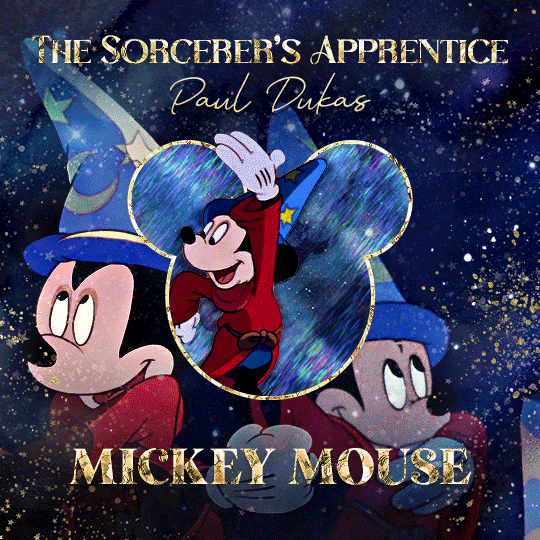


@usergif 1 year celebration: shuffle challenge
day 2: animated effects | overlay | favourite film
Animals featured in Fantasia (1940)
#usergif1year#filmedit#disneyedit#animationedit#filmgifs#cinematv#cinemapix#userthing#userrobin#userchristie#underbetelgeuse#tuserheidi#larlies#userisaiah#rogerhealey#userhallie#userxoames#*#my edits#with ae
534 notes
·
View notes
Text
Which Decade Had Better Films?
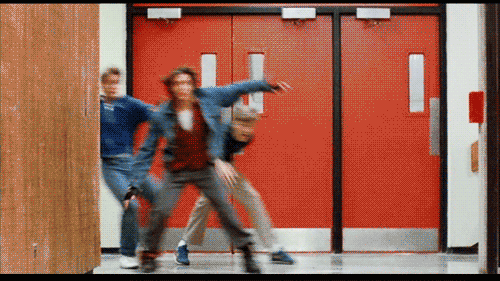
Popular Films of the 80's Include: The Lost Boys, Full Metal Jacket, Stand By Me, They Live, ET, The Thing, The Princess Bride, The Breakfast Club and Scarface

Popular Films of the 40's Include: The Big Sleep, It's A Wonderful Life, Pinocchio, Fantasia, The Postman Always Rings Twice, Gilda and Casablanca
41 notes
·
View notes
Text


J. Gordon Legg’s concept art of Apollo and Diana for Disney’s 1940 film “Fantasia”.
53 notes
·
View notes
Text
theory-ish ramblings
TWST CANT JUST DROP A REFERENCE TO CHERNABOG (FROM MALLEUS’s HALLOWEEN COSTUME STORY) AND EXPECT ME TO NOT GO CRAZY ABOUT THE CHERNABOG-RAMSHACKLE CONNECTION THEORY 💀💀💀




alt fan-translations of the last line:


No one ever dressed dressed as Chernabog, huh?
If Chernabog represented Ramshackle when it was a valid dorm, it would make sense that people would not dress up as him, as he would be respected enough to turn off people from that idea.
If Ramshackle turns out to be a 100% confirmed missing dorm (and not just an old outdated dorm building for a dorm we already know) that used to be valid it must be very old. (I’ve seen other people discuss this next part, writing it here for others and for myself as a note, and I also add info about Fantasia since this is about Chernabog) Pomefiore is one of the oldest dorms (confirmed in-game) (Snow White came out December 21, 1937) and is the main theme of NRC. Mickey's Thru the Mirror short (May 30, !1936!), which Player's room is based on, is slightly older than that, and Fantasia, which Chernabog is from, is almost as old as the Snow White film. (November 13, 1940)
Grim wants to be the strongest mage / Chernabog is often portrayed as one of the strongest power-wise Disney villains AND HE’S DEF ICONIC ENOUGH TO BE IMPORTANT IN TWST and he’s connected to Mickey through Fantasia, and we have some Mickey thing going on in Ramshackle
Visual similarities between prologue-monster-Grim and Chernabog I’ve posted here , tee hee
Ramshackle’s green-ish palette could be somewhat inspired by the fact that Chernabog have been portrayed as green before:

Chernabog summons ghosts when he awakens, so if Chernabog represented Ramshackle, Player and Grim getting along with their ghost roommates fits extremely well!

Ramshackle dorm also has. Goddamn. Gargoyle sculptures!! Hello!!!!!!!!! idk if im just unlucky but i haven’t seen anyone discuss this when connecting Chernabog to Ramshackle 😭 You can’t clearly see them anywhere though, sadge. Malleus disapproves...
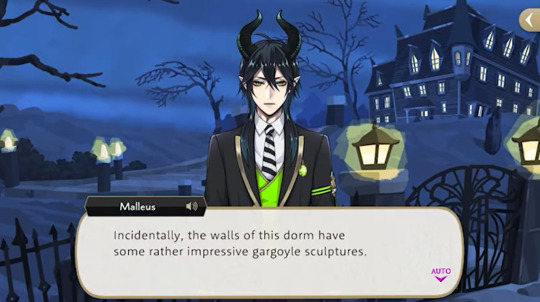
Chernabog fits the gargoyle vibe perfectly, too.
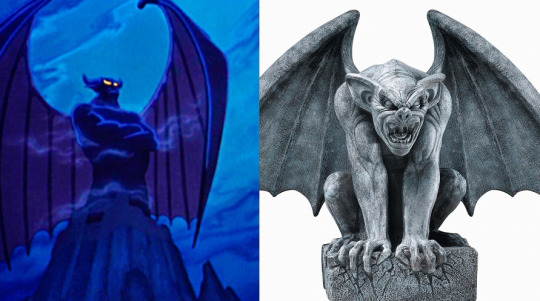

#twst#twst theory#twisted wonderland#chernabog#twst grim#banging my fists on the table aggressively!!!!!!!!!!!!!!!!!#if chernabog connection turns out to be just in my head ill be sad </3
267 notes
·
View notes
Text
Click here to find out more ;)
*Up to and Including the 2022 films, as Wish (2023) hasn’t come out yet.
Last one for the year!
#Disney polls#snow white and the seven dwarfs#Snow White#Fantasia#alice in wonderland#Alice in wonderland 1951#one hundred and one dalmatians#101 dalmatians#the aristocats#aristocats#the great mouse detective#great mouse detective#Mulan#Mulan 1998#the emperor’s new groove#emperor’s new groove#the emperors new groove#emperors new groove#Encanto#Encanto (2021)#Encanto 2021
74 notes
·
View notes